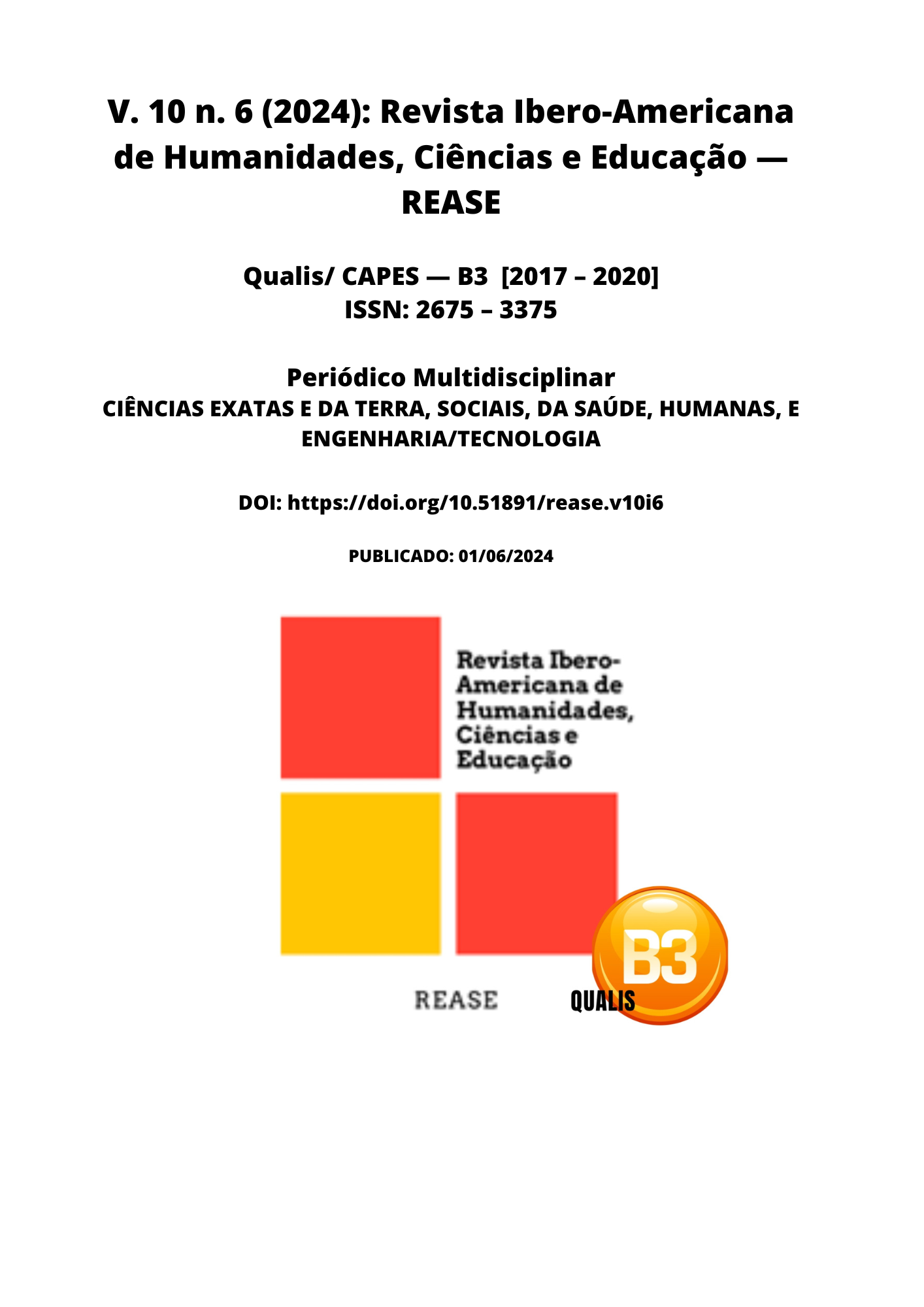CASE STUDY: MULTIPLE USES OF WATER IN THE PURAQUEQUARA AND TARUMÃ WATERSHEDS, MANAUS – AM
DOI:
https://doi.org/10.51891/rease.v10i6.14740Keywords:
Watersheds. Survival. Income generation.Abstract
The Puraquequara and Tarumã river basins are regions rich in biodiversity, covering about 694,834 and 1,337.68 km² respectively, being formed by perennial and majestic rivers of the same name, as well as lakes and other large tributaries. They are inhabited by diverse groups that depend on the forest and water resources for their survival, but also face threats such as environmental degradation at various levels. The seasonality of the flood and drought of the rivers is a Striking, especially in the Puraquequara, boosting a series of economic activities in the region. In addition, it brings problems, such as flooding of homes, fairs and commerce, increasing the risk of waterborne diseases and reducing the supply of basic products, such as fish that becomes scarce, which is an important source of income for the riverside population. The descriptive research method was used, with parts of the research applied with interviews, plus photographic records, , which were the basis for a Case Study. The results indicate that the aforementioned watersheds, home to a considerable population, in addition to serving as shelter as in the case of floating waters, are essential for the survival of these populations, providing them with water for consumption of the most varied types, food and income.
Downloads
Downloads
Published
How to Cite
Issue
Section
Categories
License
Atribuição CC BY

